Search Images
Browse Content (p. 1321)

Image
Dispositions - Battle of Catalaunian Fields
A map illustrating the disposition of troops and their deployment in the Battle of Catalaunian Fields (aka Chalons) between the armies of Rome and the Huns led by Atilla, 451 CE.
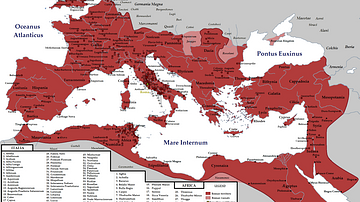
Image
Map of Roman Amphitheatres
A map indicating the location of Roman amphitheatres in the 3rd century CE.
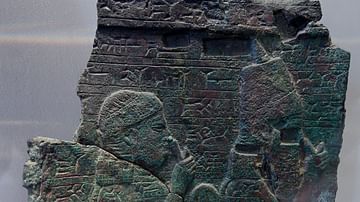
Image
Zakutu/Naqia
A bronze relief plaque showing Zakutu (Nakia) and her son Assyrian king Esarhaddon. First half of the 7th century BCE. (Louvre Museum, Paris)
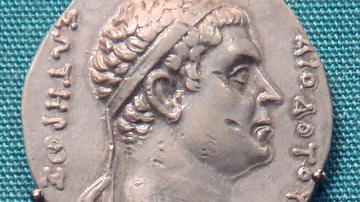
Image
Diodotus I
A coin depicting Diodotus I, Satrap of Bactria c. 285 – c. 239 BCE. (British Museum, London)
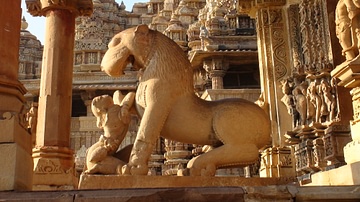
Image
Vyala (Yali)
A vyala (yali), the decorative lion monster which decorates many Hindu temples. This example is from the Mahadeva temple, Khajuraho, India. 11th century CE.

Image
Somanathapura, Vesara Style Temple
The Somnathapura temple, Karnataka, India. The temple is a good example of the Vesara architectural style which mixed northern and southern styles (Nagara and Dravida). 13th century CE.
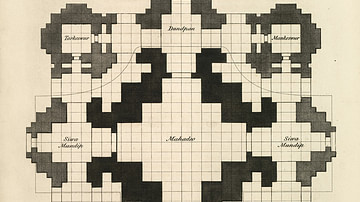
Image
Temple Vastu-Purusa-Mandala
The vastu-purusa-mandala (symmetrical floor plan) of the Vishveshvur temple, India.
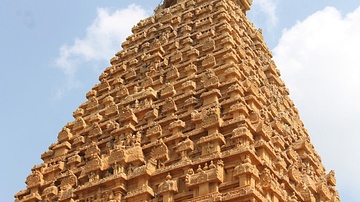
Image
Talas of the Brihadishvara Temple
Talas (tiers) of the vimana (tower) of the Brihadishvara temple, Thanjavur, Tamil Nadu, India. c. 995-1025 CE.
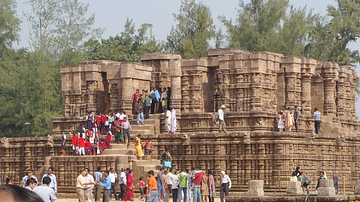
Image
Nata Mandapa, Konark
The nata mandapa or dance hall of the 13th century CE Hindu Surya Sun temple at Konark, India.
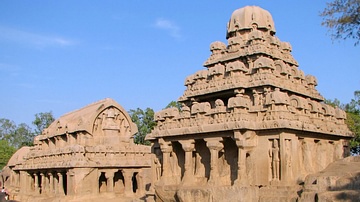
Image
Bhima & Dhamaraja
The 7th century CE Bhima Ratha with its sala barrelled roof on the left and the Dharmaraja Ratha temple. Mahabalipuram, Tamil Nadu, India.